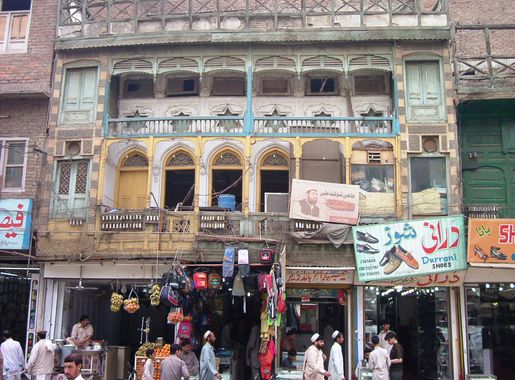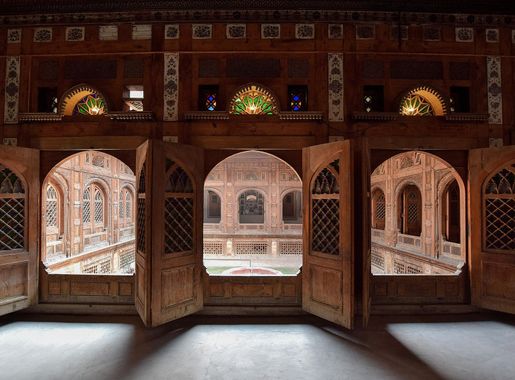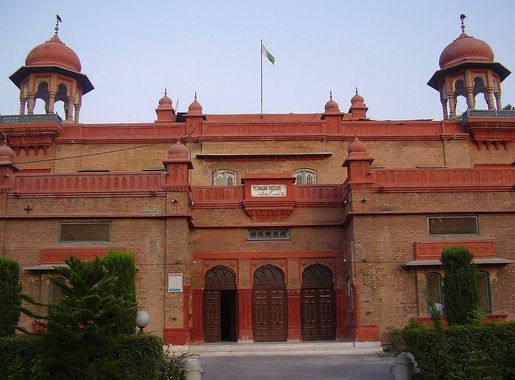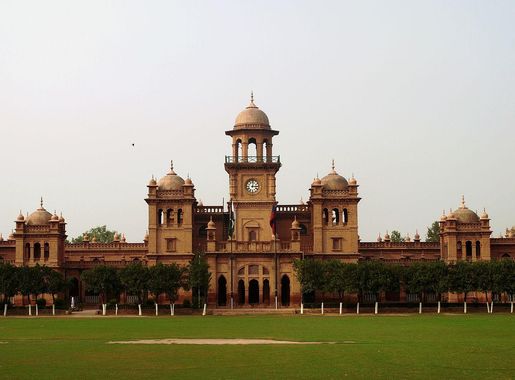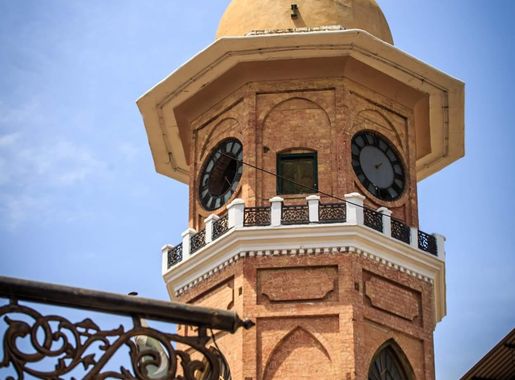
Saddar: The Vibrant Heart of Peshawar
Discover Saddar in Peshawar: A vibrant neighborhood where history, culture, and modernity blend seamlessly, offering a unique and immersive travel experience.
Nestled in the bustling city of Peshawar, Saddar is a neighborhood that epitomizes the rich cultural tapestry of Pakistan. This area is a melting pot of history, commerce, and tradition, offering visitors a unique glimpse into the daily life and heritage of the region. The streets of Saddar are lined with an eclectic mix of colonial-era buildings, traditional bazaars, and modern shops, making it a fascinating place to explore. Strolling through Saddar, you'll encounter a myriad of sensory experiences. The aroma of freshly baked bread from local bakeries mingles with the scents of exotic spices from the bustling markets. Street vendors peddle everything from vibrant textiles to intricate handicrafts, offering ample opportunities for souvenir shopping. The neighborhood is also home to some of Peshawar's most iconic landmarks, including the historic Cunningham Clock Tower and the Peshawar Museum, which houses an impressive collection of Gandhara art. Saddar is not just about history and shopping; it also boasts a lively food scene. From traditional Peshawari kebabs to contemporary cafes, there's something to satisfy every palate. Don't miss the chance to try the local delicacies at the many roadside stalls and eateries. The neighborhood's vibrant atmosphere is further enhanced by its friendly residents, who are always eager to share their stories and traditions with visitors.
Local tips in Saddar
- Visit early in the morning to avoid the crowds and experience the local lifestyle.
- Wear comfortable shoes as you'll be doing a lot of walking through narrow and sometimes uneven streets.
- Don't miss the Peshawar Museum for a deep dive into the region's history and art.
- Try the local street food, but make sure it's from a busy stall to ensure freshness and quality.
- Keep some cash on hand, as many small vendors do not accept credit cards.
Saddar: The Vibrant Heart of Peshawar
Nestled in the bustling city of Peshawar, Saddar is a neighborhood that epitomizes the rich cultural tapestry of Pakistan. This area is a melting pot of history, commerce, and tradition, offering visitors a unique glimpse into the daily life and heritage of the region. The streets of Saddar are lined with an eclectic mix of colonial-era buildings, traditional bazaars, and modern shops, making it a fascinating place to explore. Strolling through Saddar, you'll encounter a myriad of sensory experiences. The aroma of freshly baked bread from local bakeries mingles with the scents of exotic spices from the bustling markets. Street vendors peddle everything from vibrant textiles to intricate handicrafts, offering ample opportunities for souvenir shopping. The neighborhood is also home to some of Peshawar's most iconic landmarks, including the historic Cunningham Clock Tower and the Peshawar Museum, which houses an impressive collection of Gandhara art. Saddar is not just about history and shopping; it also boasts a lively food scene. From traditional Peshawari kebabs to contemporary cafes, there's something to satisfy every palate. Don't miss the chance to try the local delicacies at the many roadside stalls and eateries. The neighborhood's vibrant atmosphere is further enhanced by its friendly residents, who are always eager to share their stories and traditions with visitors.
Iconic landmarks you can’t miss
Sadar Bazar Peshawar
Explore the vibrant Sadar Bazar in Peshawar, where local culture, exquisite handicrafts, and delicious street food come together in a bustling market atmosphere.
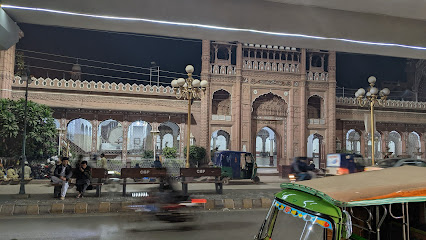
Jinnah Park
Experience tranquility and leisure at Jinnah Park, a green oasis in the heart of Peshawar, perfect for relaxation and recreation.
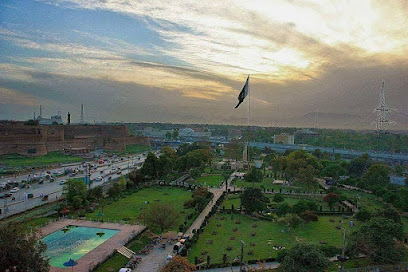
Sir Cunningham Clock Tower
Discover the Sir Cunningham Clock Tower in Peshawar, a historic landmark embodying the rich culture and heritage of Pakistan's vibrant past.
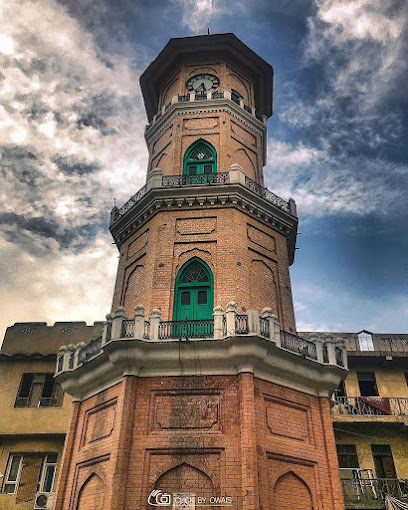
Peshawar Museum
Explore Peshawar Museum, a cultural gem showcasing the rich history and vibrant art of Khyber Pakhtunkhwa, Pakistan.
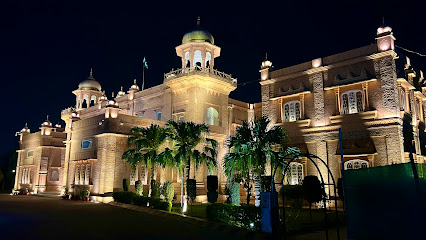
Khalid Bin Waleed Park
Discover the beauty of Khalid Bin Waleed Park in Peshawar: a tranquil park with lush gardens, walking paths, and vibrant community events.
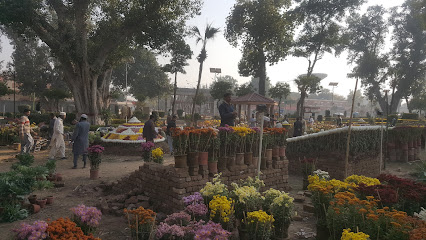
Swati Gate Shaheen Colony syed zahid ali
Explore the historical significance and architectural beauty of Swati Gate, a key landmark in the heart of Peshawar, Pakistan.
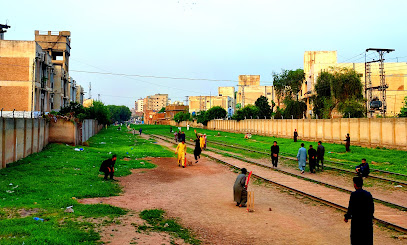
Tomb of Sardar Muhammad Ayub Khan (d. 1914)
Discover the rich history and serene beauty of the Tomb of Sardar Muhammad Ayub Khan, a remarkable historical site in Peshawar, Pakistan.
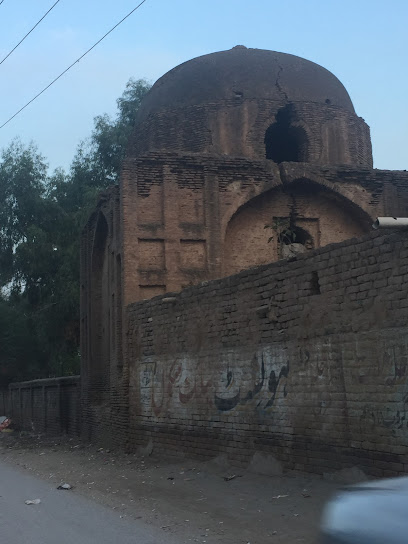
Voice of Peshawar
Explore the Voice of Peshawar, a captivating historical site that reveals the rich cultural heritage and vibrant stories of this ancient city.

Quaid-e-Azam Monument
Explore the Quaid-e-Azam Monument in Peshawar: a historical landmark symbolizing the legacy of Pakistan's founder, Muhammad Ali Jinnah.
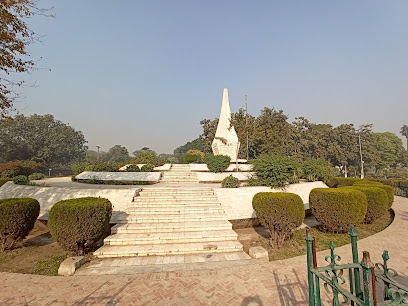
Hastings Memorial
Explore Hastings Memorial in Peshawar, a historical landmark that reflects the city's rich colonial heritage and architectural beauty.
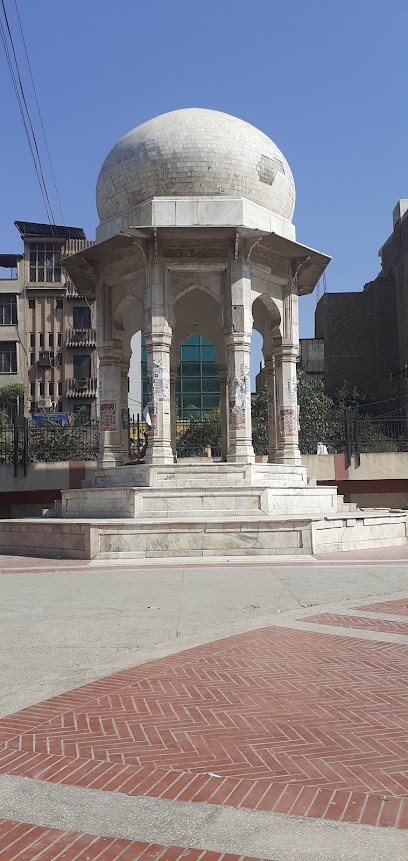
Unmissable attractions to see
Garrison Park Peshawar
Discover the tranquility of Garrison Park in Peshawar, where nature meets recreation, offering a perfect escape for tourists and families alike.
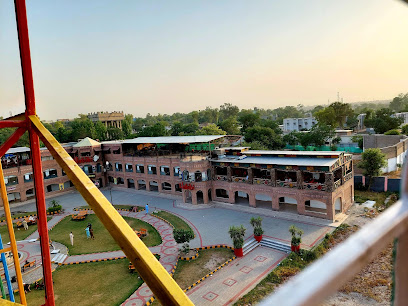
Tatara Park
Discover the tranquility of Tatara Park, a beautiful green space in Peshawar offering relaxation, family fun, and scenic beauty.

Essential places to dine
Food District
Experience the vibrant flavors of Peshawar at Food District – where fast food meets local culinary traditions.
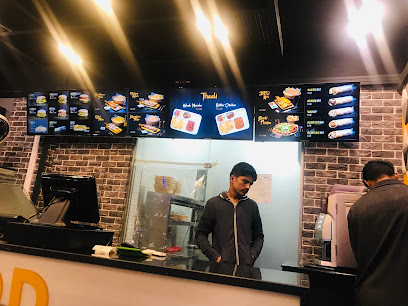
Saddar food street- Fowara Chawak
Experience the essence of Peshawari culture at Saddar Food Street, where every bite tells a story of tradition and flavor.
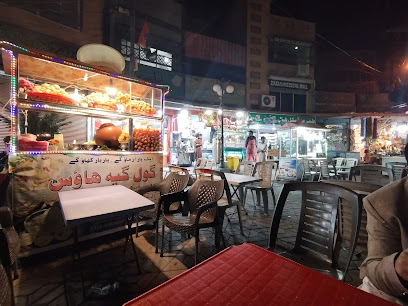
pakghazi
Experience authentic Pakistani cuisine at Pak Ghazi in Peshawar - home to exquisite biryani and warm hospitality.
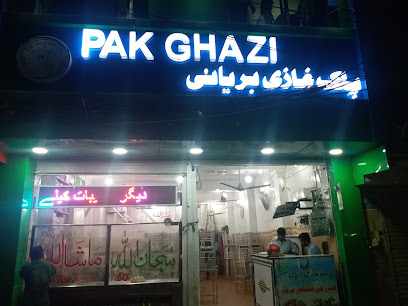
Khaane Khaas Restaurant - Family Restaurant Peshawar
Experience the fusion of Basque flavors and local cuisine at Khaane Khaas Restaurant in Peshawar - perfect for families and food lovers.
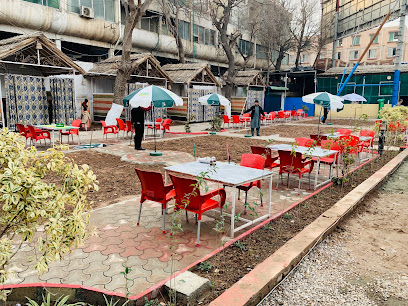
Muhamand Torey Kabab Restaurant
Experience the authentic taste of Pakistan with mouth-watering kebabs at Muhamand Torey Kabab Restaurant in Peshawar.
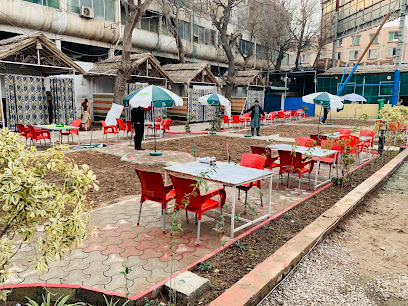
New Iqbal Burgers۔ نیو اقبال برگرز
Experience the best of Peshawar's fast food scene at New Iqbal Burgers – where every bite tells a story!
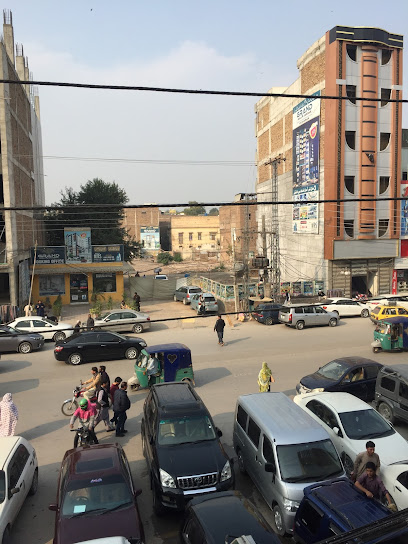
Khyber Afghan Restaurant
Experience authentic Afghan cuisine at Khyber Afghan Restaurant in Peshawar - where every dish tells a story.
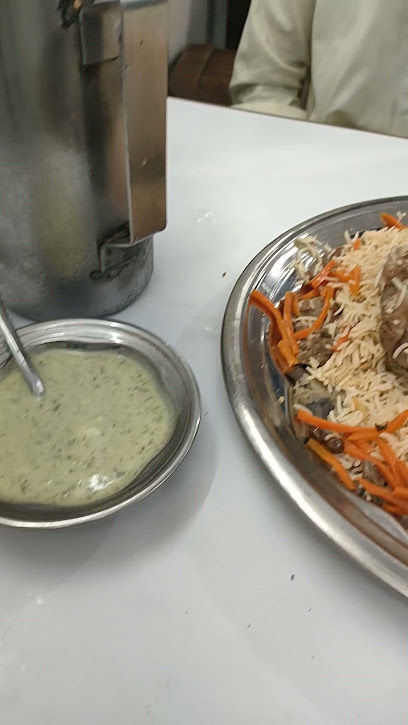
NEW ITALIAN PIZZA
Experience a slice of Italy at New Italian Pizza in Peshawar – where authentic flavors meet vibrant dining.
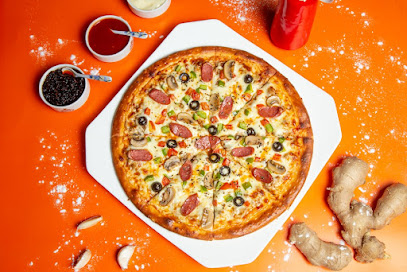
Arbee's shawarma/ ARBEES shawarma
Discover Arbee's Shawarma in Peshawar - where authentic Middle Eastern flavors meet local charm for an unforgettable dining experience.
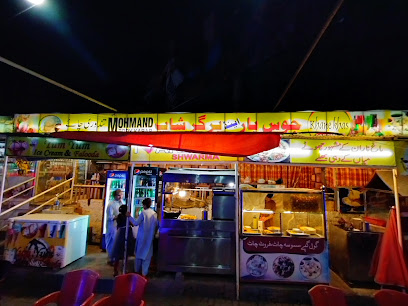
Tea Restaurant Saddar
Experience the essence of Pakistani tea culture at Tea Restaurant Saddar in Peshawar - where tradition meets flavor.

Markets, malls and hidden boutiques
Dress Age Saddar road branch
Discover the vibrant fashion scene at Dress Age in Peshawar, where traditional elegance meets modern style in stunning garments.
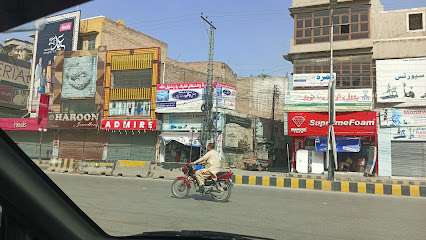
J emposium
Explore J emposium in Peshawar for a unique shopping experience filled with local culture, vibrant products, and warm hospitality.

ibrahim shoes and khussa shop
Experience the rich cultural heritage of Peshawar at Ibrahim Shoes and Khussa Shop, where traditional craftsmanship meets vibrant local life.
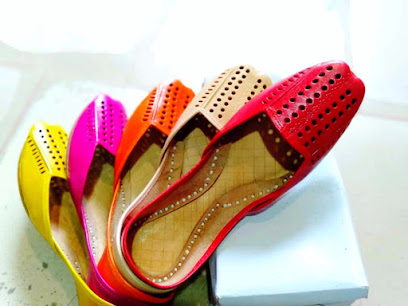
Arts Emporium
Explore the rich cultural heritage of Peshawar at Arts Emporium, the ultimate destination for unique antiques and local craftsmanship.
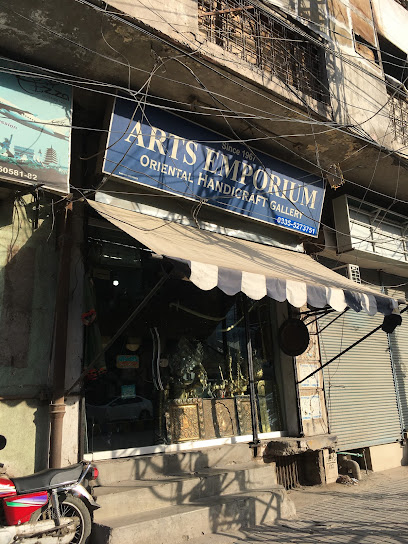
placestorepeshawar saddar
Explore a vibrant clothing store in Saddar, Peshawar, showcasing traditional and modern fashion styles for a unique shopping experience.

Style 360
Discover a unique blend of traditional and modern fashion at Style 360, the must-visit outlet store in Peshawar's Saddar Bazar.

hoor fashion
Explore Hoor Fashion in Peshawar's Gora Bazaar for a unique blend of traditional and contemporary women's clothing.

A RAZZAQ STATIONER PESHAWAR SADDAR
Discover quality stationery and local art at A Razzaq Stationer in Peshawar Saddar, a vibrant hub for creativity and craftsmanship.
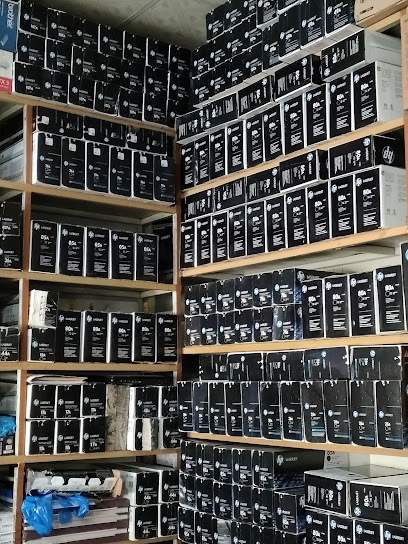
The bannu wool shop (Saddar peshawar)
Explore authentic Peshawari textiles at The Bannu Wool Shop, where tradition meets craftsmanship in a vibrant shopping experience.
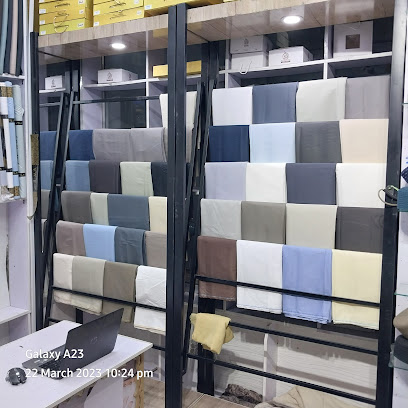
ASIA BOUTIQUE
Discover unique fashion at Asia Boutique, where traditional elegance meets modern style in the heart of Peshawar.
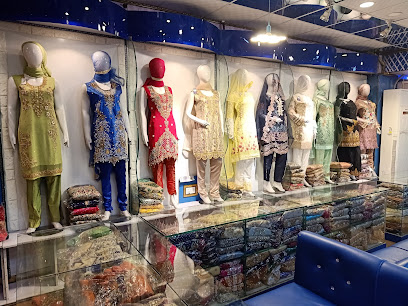
Essential bars & hidden hideouts
Saddar food street- Fowara Chawak
Discover the vibrant culinary scene of Saddar Food Street in Peshawar, where traditional flavors and lively atmosphere come together for an unforgettable dining experience.

Sheesha Cafe
Discover the vibrant Sheesha Cafe in Peshawar's University Town, where delightful flavors and a relaxing atmosphere await.
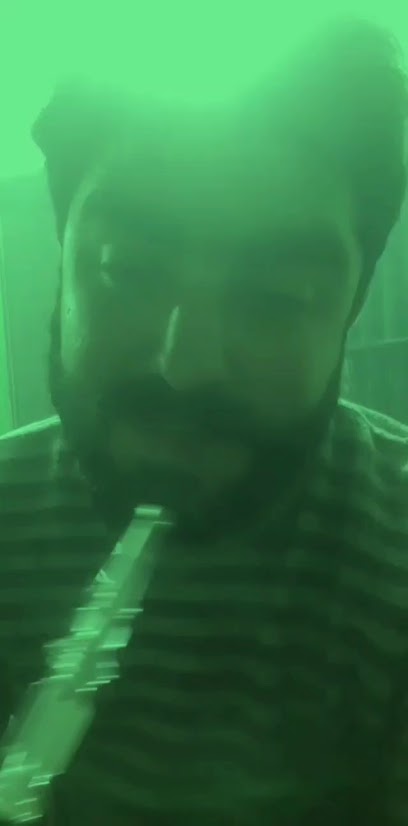
Juice Point
Discover the refreshing flavors of Peshawar at Juice Point, where every sip is a burst of freshness and local delight.
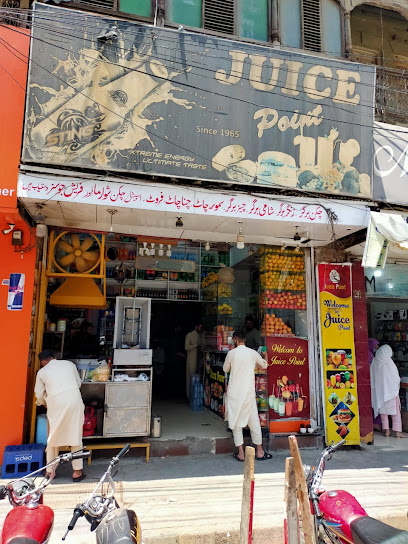
Friends Snooker Club فرینڈز سونوکر کلب
Experience Peshawar's vibrant sports culture at Friends Snooker Club, where snooker, camaraderie, and local flair come together.
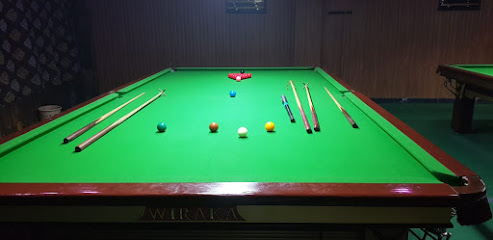
Baba Lassi waala
Discover the refreshing taste of traditional lassis at Baba Lassi Waala, a beloved bar in Peshawar's Shuba Bazaar Shoba.
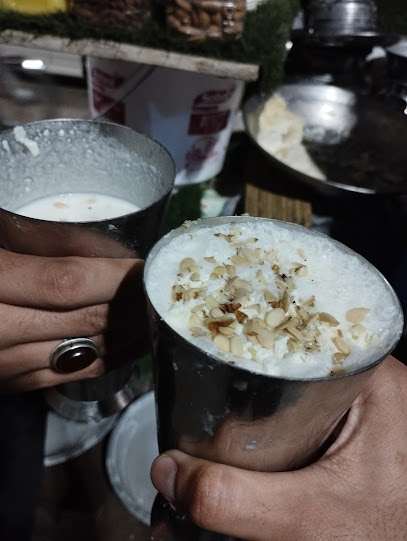
HAJI MEHBOOB COLD DRINKS
Experience the vibrant flavors of Peshawar at Haji Mehboob Cold Drinks, where refreshing beverages meet a lively local atmosphere.
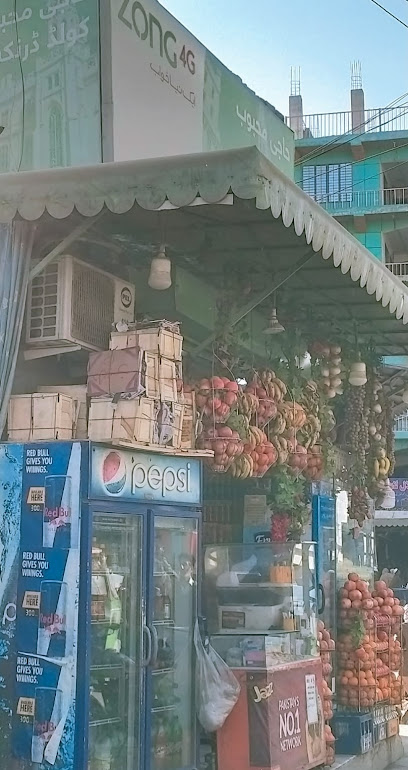
Tea Bar
Experience authentic Pakistani tea culture at the Tea Bar in Peshawar, a cozy retreat for tea lovers and cultural enthusiasts.
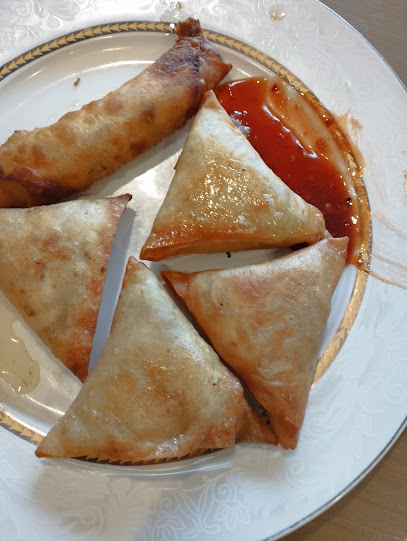
Jalandar golgappy
Discover the vibrant flavors of Peshawar at Jalandar Golgappy, renowned for its exquisite golgappas and lively atmosphere.
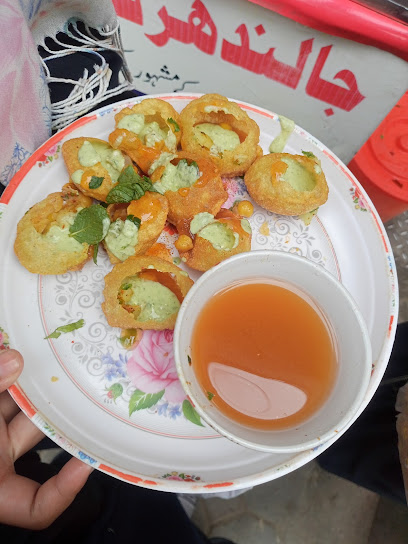
Tea Restaurant Saddar
Discover the rich flavors of Peshawar at Tea Restaurant Saddar, where tradition meets taste in a cozy setting.

red line
Discover the vibrant nightlife of Peshawar at The Red Line, where local drinks and a lively atmosphere await.

Local Phrases
-
- Helloسلام
[Salaam] - Goodbyeخدا حافظ
[Khuda Hafiz] - Yesہاں
[Haan] - Noنہیں
[Nahi] - Please/You're welcomeبراہ کرم
[Barah-e-Karam] - Thank youشکریہ
[Shukriya] - Excuse me/Sorryمعذرت چاہتا ہوں
[Mazrat chahta hoon] - How are you?آپ کیسے ہیں؟
[Aap kaise hain?] - Fine. And you?ٹھیک ہوں۔ آپ؟
[Theek hoon. Aap?] - Do you speak English?کیا آپ انگریزی بولتے ہیں؟
[Kya aap angrezi boltay hain?] - I don't understandمجھے سمجھ نہیں آرہا
[Mujhe samajh nahi araha]
- Helloسلام
-
- I'd like to see the menu, pleaseبراہ کرم مینو دکھائیں
[Barah-e-Karam menu dikhayen] - I don't eat meatمیں گوشت نہیں کھاتا
[Mein gosht nahi khata] - Cheers!خوش رہیں!
[Khush rahain!] - I would like to pay, pleaseبراہ کرم بل دیں
[Barah-e-Karam bill dein]
- I'd like to see the menu, pleaseبراہ کرم مینو دکھائیں
-
- Help!مدد!
[Madad!] - Go away!دور ہو جاؤ!
[Door ho jao!] - Call the Police!پولیس کو بلاؤ!
[Police ko bulao!] - Call a doctor!ڈاکٹر کو بلاؤ!
[Doctor ko bulao!] - I'm lostمیں گم ہو گیا ہوں
[Mein gum ho gaya hoon] - I'm illمیں بیمار ہوں
[Mein bemar hoon]
- Help!مدد!
-
- I'd like to buy...میں خریدنا چاہتا ہوں...
[Mein khareedna chahta hoon...] - I'm just lookingمیں صرف دیکھ رہا ہوں
[Mein sirf dekh raha hoon] - How much is it?یہ کتنا ہے؟
[Yeh kitna hai?] - That's too expensiveیہ بہت مہنگا ہے
[Yeh bohat mehnga hai] - Can you lower the price?کیا آپ قیمت کم کر سکتے ہیں؟
[Kya aap qeemat kam kar sakte hain?]
- I'd like to buy...میں خریدنا چاہتا ہوں...
-
- What time is it?وقت کیا ہوا ہے؟
[Waqt kya hua hai?] - It's one o'clockایک بجے ہیں
[Ek bajay hain] - Half past (10)(دس بجے کو) آدھا گھنٹہ ہوا
[(Das bajay ko) aadha ghanta hua] - Morningصبح
[Subah] - Afternoonدوپہر
[Dopahar] - Eveningشام
[Shaam] - Yesterdayکل
[Kal] - Todayآج
[Aaj] - Tomorrowکل
[Kal] - 1ایک
[Ek] - 2دو
[Do] - 3تین
[Teen] - 4چار
[Char] - 5پانچ
[Paanch] - 6چھے
[Chhe] - 7سات
[Saat] - 8آٹھ
[Aath] - 9نو
[No] - 10دس
[Das]
- What time is it?وقت کیا ہوا ہے؟
-
- Where's a/the...?...کہاں ہے؟
[...kahan hai?] - What's the address?پتہ کیا ہے؟
[Pata kya hai?] - Can you show me (on the map)?کیا آپ مجھے دکھا سکتے ہیں (نقشہ پر)؟
[Kya aap mujhe dikhha sakte hain (naqsha par)?] - When's the next (bus)?اگلی (بس) کب آرہی ہے؟
[Agli (bus) kab arahi hai?] - A ticket (to ....)ایک ٹکٹ (.... کی طرف)
[Ek ticket (.... ki taraf)]
- Where's a/the...?...کہاں ہے؟
History of Saddar
-
Saddar is renowned for its bustling bazaar, a vibrant marketplace that has served Peshawar for centuries. The area has been a commercial hub since the Mughal era, with merchants from various regions converging to trade goods, spices, and textiles. The bazaar retains its historical significance and continues to be a focal point for local commerce and community life.
-
During the British Raj, Saddar became an essential administrative and military center. The British constructed significant buildings, including the famous Peshawar Museum, which houses a vast collection of Gandharan art. This period saw the introduction of Western education and infrastructure, dramatically transforming the social and cultural landscape of the neighborhood.
-
Saddar has long been a melting pot of diverse cultures and ethnicities, influenced by its location along the historic Silk Road. The area's inhabitants include Pashtuns, Hindko speakers, and various other ethnic groups, contributing to a rich tapestry of traditions, languages, and culinary practices that can still be experienced today.
-
The partition of India in 1947 significantly affected Saddar and Peshawar as a whole. The area witnessed an influx of refugees from India, leading to demographic changes and increased cultural diversity. This period also marked the beginning of new socio-political dynamics, as communities adapted to the changes brought by the formation of Pakistan.
-
In recent decades, Saddar has experienced rapid urbanization and modernization, with new commercial enterprises and residential developments emerging. Despite these changes, the neighborhood has managed to preserve its historical charm, with old buildings and traditional crafts coexisting alongside modern businesses, providing a unique glimpse into the past amidst contemporary life.
Saddar Essentials
-
Saddar is centrally located in Peshawar, making it accessible from other neighborhoods via various modes of transport. From the Peshawar International Airport, you can take a taxi or ride-sharing service directly to Saddar, which is approximately a 30-minute drive. If traveling from the bus terminal or railway station, local rickshaws and taxis are readily available. The main roads leading into Saddar are well-connected, so you can easily navigate from areas like Hayatabad or Gulberg.
-
Saddar is a bustling neighborhood best explored on foot, although local rickshaws and taxis are available for longer distances. Public buses also operate within Peshawar and connect to Saddar, but they can be crowded. Bicycles are less common but can be rented from local shops. For a more immersive experience, consider walking through the markets and side streets, where you can discover local shops and eateries.
-
Saddar is generally safe for tourists, though caution is advised, particularly in crowded areas and markets. Pickpocketing can occur, so keep your belongings secure. It’s advisable to avoid walking alone at night in less populated areas. Areas near the older parts of Saddar may experience higher crime rates, so it's best to stay vigilant. Always consult locals for current safety advice.
-
In case of an emergency, dial 15 for police assistance and 1122 for ambulances in Pakistan. Local hospitals and clinics are available in the Saddar area for medical emergencies. It's advisable to have travel insurance that covers medical needs. Pharmacies are also scattered throughout Saddar for over-the-counter medications.
-
Fashion: Do dress modestly, keeping in mind the local cultural norms. Avoid shorts and sleeveless tops. Religion: Do respect religious customs, especially when visiting mosques. Ensure to remove shoes before entering. Public Transport: Do be courteous and offer your seat to the elderly. Don't engage in loud conversations. Greetings: Do greet with a polite 'As-Salaam-Alaikum' and a handshake. Eating & Drinking: Do try local foods but don't eat in public during Ramadan, as it is considered disrespectful.
-
To experience Saddar like a local, visit the bazaars such as the Qissa Khwani Bazaar, where you can find traditional handicrafts and street food. Engage with shopkeepers and locals, who are often eager to share stories. Don't miss the chance to try local delicacies like Chapli Kebab and seek out tea stalls for a traditional chai experience. Be prepared to bargain when shopping, as haggling is a common practice in local markets.
Nearby Cities to Saddar
-
Things To Do in Islamabad
-
Things To Do in Rawalpindi
-
Things To Do in Abbottabad
-
Things To Do in Swat
-
Things To Do in Murree
-
Things To Do in Chitral
-
Things To Do in Kaghan
-
Things To Do in Naran
-
Things To Do in Kabul
-
Things To Do in Gujranwala
-
Things To Do in Faisalabad
-
Things To Do in Sialkot
-
Things To Do in Gilgit
-
Things To Do in Jammu
-
Things To Do in Lahore

